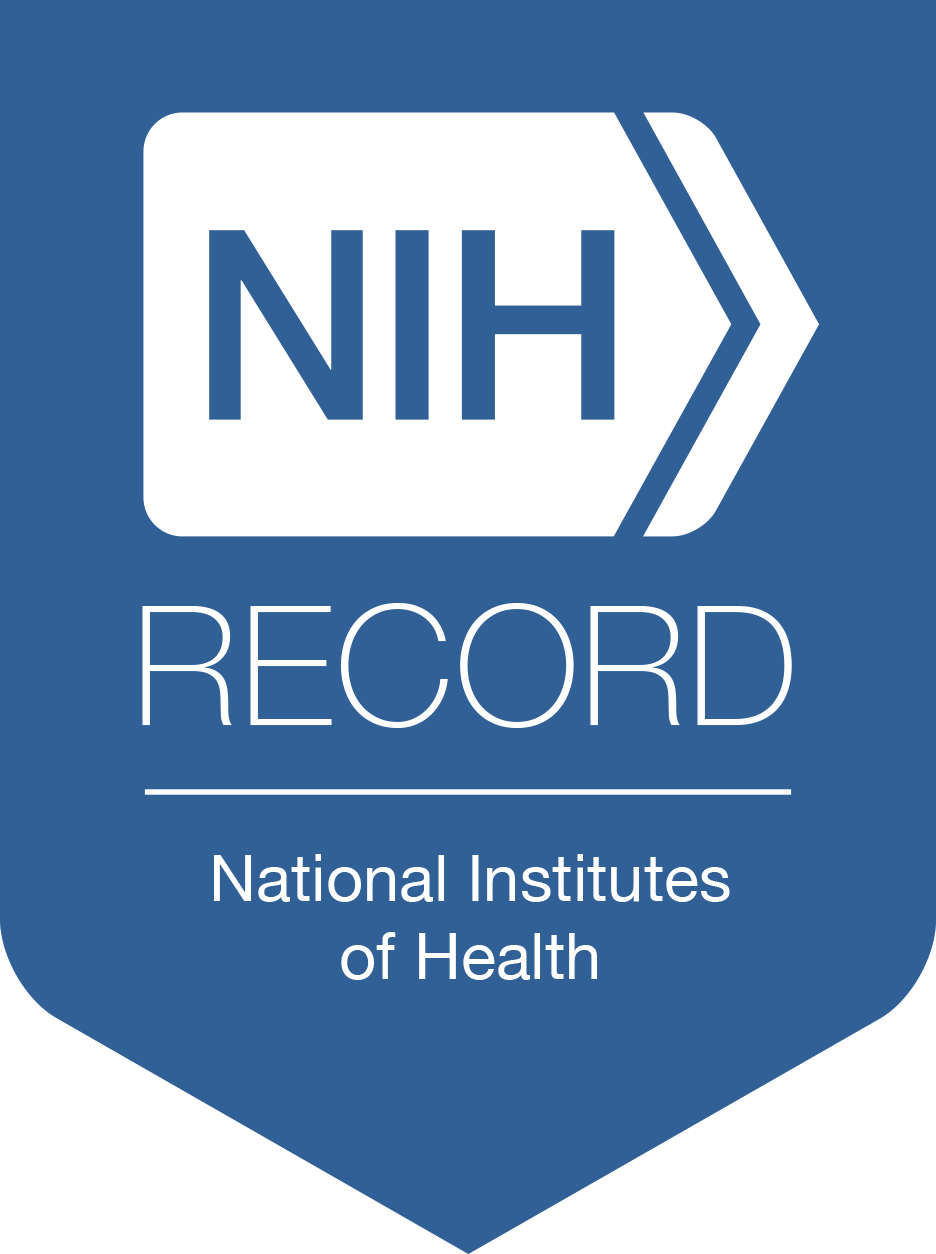NIH Researchers Supercharge Ordinary Clinical Device to See Back of the Eye
NIH scientists have leveraged artificial intelligence (AI) to transform a device designed to see tissues in the back of the eye into one sharp enough to see individual cells. The technique provides imaging resolution that rivals the most advanced devices available. It’s cheaper, faster and doesn’t require specialized equipment or expertise.
The strategy has implications for early detection of disease and for the monitoring of treatment response by making what was once invisible now visible. The study report was published in Communications Medicine.
Imaging devices, known as ophthalmoscopes, are widely used to examine the light-sensing retina in the back of the eye. A scanning laser ophthalmoscope is standard in eye clinics, but its resolution can only detect structures at the tissue level—things such as lesions, blood vessels and the optic nerve head. Next-generation ophthalmoscopes enabled with adaptive optics provide greater diagnostic information, but adaptive optics-enabled imaging is still in the experimental phase.
Researchers developed a custom AI system to digitally enhance images of a layer of tissue beneath the light-sensing photoreceptors, known as the retina’s pigmented epithelium (RPE). The first step was to teach the system to recognize image quality as poor, moderate or good. The researchers did this by feeding the system more than 1,400 images from different areas of the retina, obtained using adaptive-optics ophthalmoscopy.
Next, they fed the system corresponding images from the same retinal locations but obtained using standard ophthalmoscopy. An image sharpness test showed that AI improved clarity eightfold.
These techniques involve injection of a dye called indocyanine green (ICG) into the bloodstream to increase contrast of anatomical features. In the eye clinic, ICG is usually used to image the blood vessels of the eye.
The RPE cells’ function is to nourish and support photoreceptors. A variety of blinding conditions first affect RPE cells, including age-related macular degeneration, vitelliform macular dystrophy and Stargardt disease. However, RPE cells cannot be easily imaged in the clinic. AI-enhanced ICG ophthalmoscopy puts RPE imaging within reach of the typical eye clinic.
